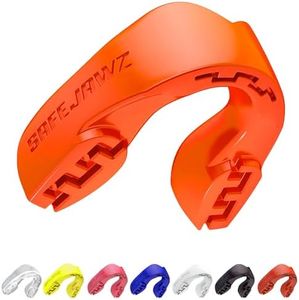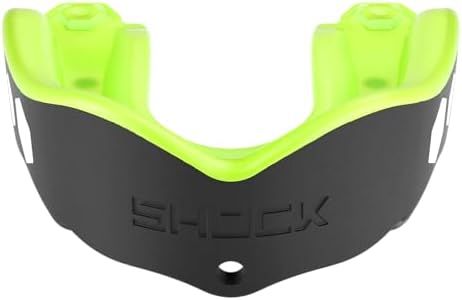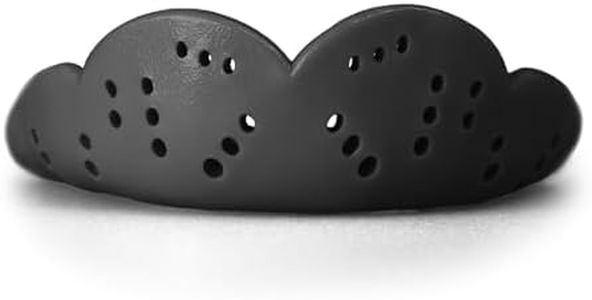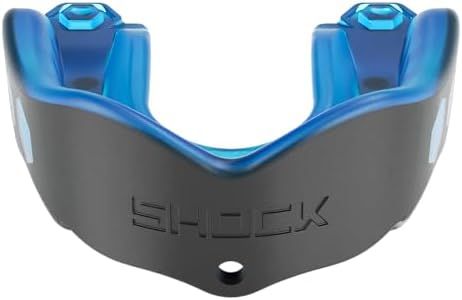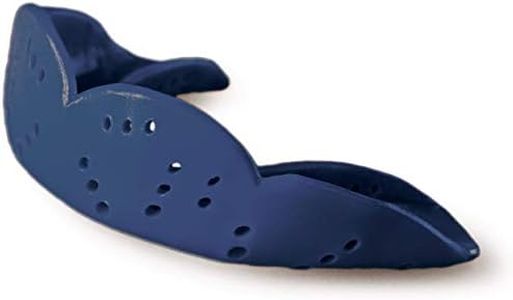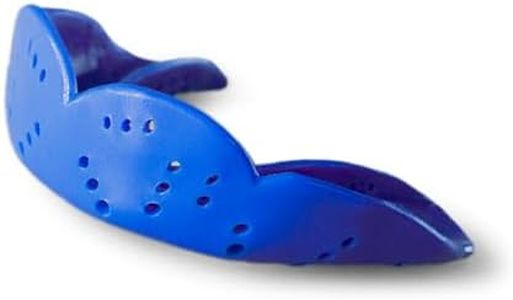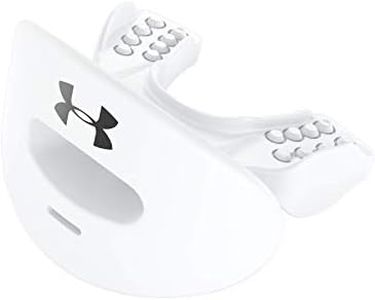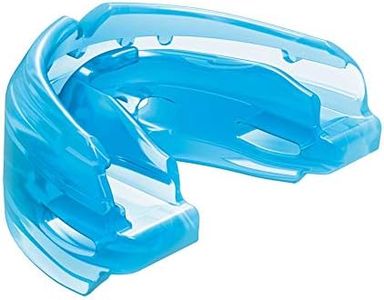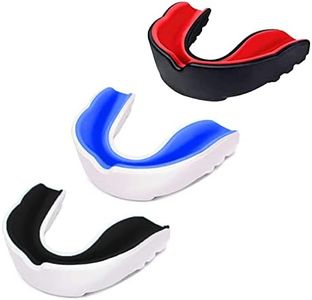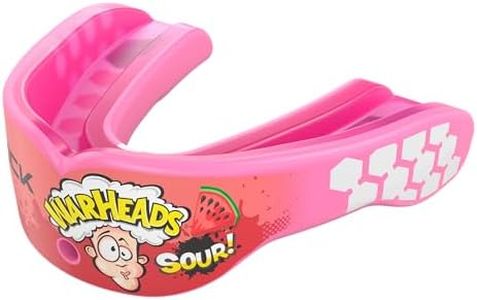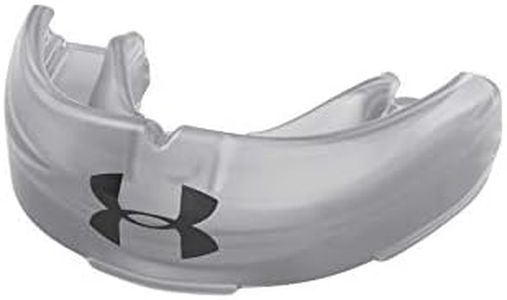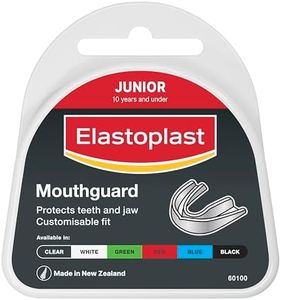We Use CookiesWe use cookies to enhance the security, performance,
functionality and for analytical and promotional activities. By continuing to browse this site you
are agreeing to our privacy policy
10 Best Sports Mouthguard For Kids
From leading brands and best sellers available on the web.Buying Guide for the Best Sports Mouthguard For Kids
Choosing the right sports mouthguard for kids is essential for protecting their teeth and mouth during various physical activities. Not all mouthguards are made equal, and some will offer better comfort, fit, and protection than others. Understanding the key features and making informed choices based on the specific activity and your child’s needs will help ensure they stay safe while playing sports.Fit and ComfortFit and comfort refer to how well the mouthguard stays in place and feels in the mouth, which is crucial because an uncomfortable mouthguard can distract your child or even make them reluctant to wear it. There are typically three main types: stock mouthguards (pre-shaped and ready to wear), boil-and-bite mouthguards (which you soften in hot water and then mold to your child’s teeth), and custom-fit mouthguards (made by a dentist from a mold of your child’s mouth). Stock options offer convenience but may fit poorly, boil-and-bite provides better customization, and custom-fit ones offer optimal fit and comfort. If your child complains about discomfort, a better-fitted guard—such as a boil-and-bite or custom type—may be worth considering.
Material and ThicknessMaterial and thickness determine the durability and level of protection the mouthguard offers. Mouthguards are usually made from various plastics or rubber-like materials, and their thickness can range from slim, light guards to thick, heavy-duty options. Thinner guards may be more comfortable for younger or smaller children but might not provide enough protection for high-impact sports. Thicker ones offer better shock absorption and are recommended for contact sports like hockey, football, or martial arts. For less intense activities, a thinner mouthguard can be enough, but for any sport with a risk of strong impact, always opt for one that provides greater protection.
BreathabilityBreathability refers to how easily your child can breathe and talk while wearing the mouthguard. Some mouthguards are designed with special channels or vents to help with airflow. Guards that are too bulky or fit poorly can make breathing or communicating difficult, particularly during intense activity. For younger kids or those new to mouthguards, picking a design with better airflow can enhance comfort and ensure your child keeps the guard in during play.
Ease of Cleaning and MaintenanceKeeping a mouthguard clean is important to prevent bacteria buildup, which can lead to oral health problems. Some mouthguards are easier to clean than others, resisting stains and odors or being dishwasher-safe. Simpler designs without too many grooves or layers will make daily cleaning easier for both parents and kids. If your child is prone to forgetting or rushing cleaning routines, pick a mouthguard that's straightforward to rinse and maintain.
Sport-Specific FeaturesSome mouthguards are tailored for specific sports, offering features like extra lip protection or compatibility with orthodontic braces. For instance, certain designs have extensions or covers to shield more of the mouth or even integrate with helmets or faceguards. If your child wears braces, be sure to look for orthodontic-friendly options that can adapt as their teeth move. Always consider the demands of the sport and any unique needs your child has when evaluating these features.
